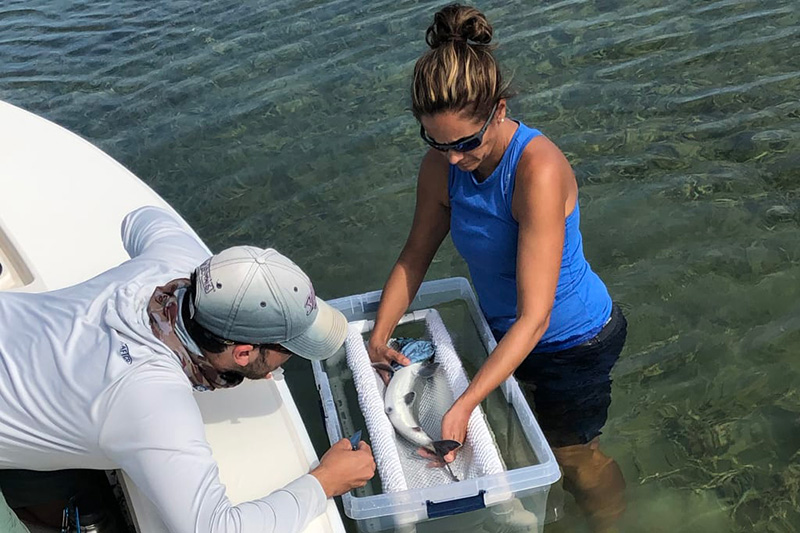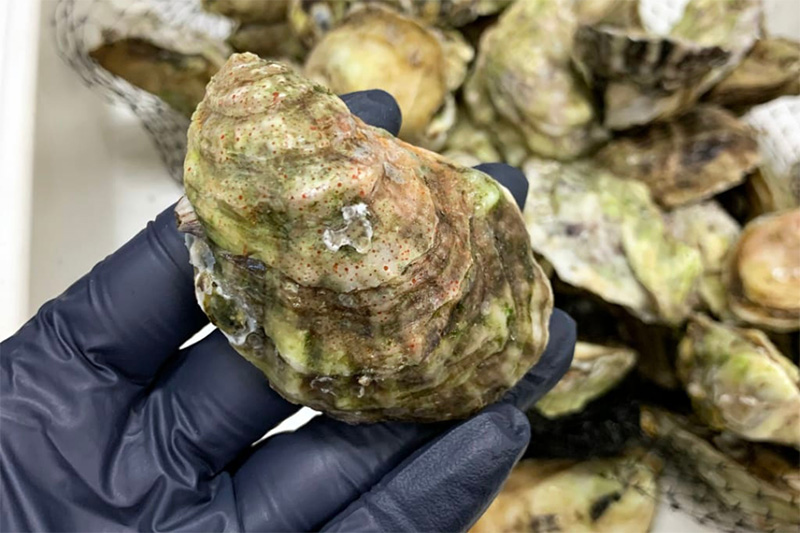Target 6.3 Protecting water quality
By 2030, improve water quality by reducing pollution, eliminating dumping and minimizing release of hazardous chemicals and materials, halving the proportion of untreated wastewater and substantially increasing recycling and safe reuse globally

CREST Center for Aquatic Chemistry and Environment
FIU’s Institute of Environment features the CREST Center for Aquatic Chemistry and Environment, where faculty and students focus on detecting and researching the impacts of toxic substances including microplastics, pesticides, industrial chemicals, oil, pharmaceuticals, nutrients and metals in the water. The NSF-supported center of research excellence includes researchers from FIU architecture, biology, chemistry, computer science, earth systems, public health and engineering. The center funds graduate fellowships and provides opportunities for students to earn micro-credentials in next-generation skills needed to understand complex environmental problems, including robotics, innovative sensor development, big-data analytics, virtual reality and artificial intelligence.

Pharmaceutical Contamination
Our environmental scientists led the first study of its kind that discovered pharmaceutical contaminants in the blood and other tissues of bonefish in Biscayne Bay and the Florida Keys. With approximately 5 billion prescriptions filled each year in the United States and no environmental regulations for their disposal, this wastewater contamination is an invisible threat that can affect fish behavior, reproduction and survival. As the researchers advocate to expand and modernize wastewater treatment and sewage infrastructure, they are expanding their research to other marine animals and regions.

Forever Chemicals
FIU chemists are investigating distribution of perfluoroalkyl and polyfluoroalkyl (PFAS) in major watersheds and canal systems to advance strategies for controlling and reducing these forever chemicals in water systems. They are also examining concentrations of PFAS in oysters to determine the extent of contamination in wildlife and the food chain. Our scientists are among the first to measure the local distribution and level of perfluoroalkyl and polyfluoroalkyl in Florida.